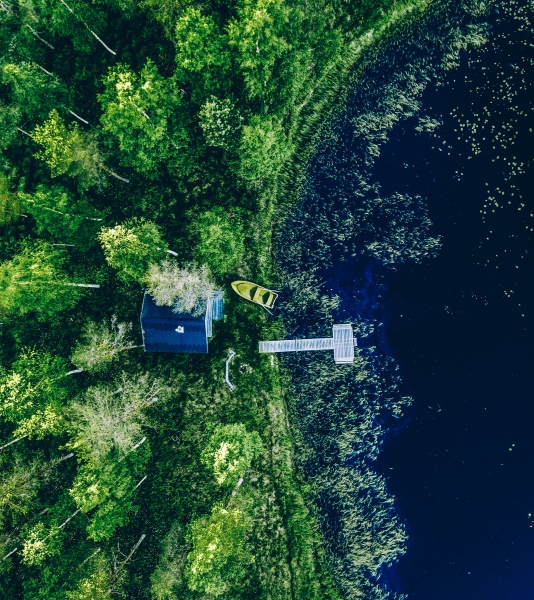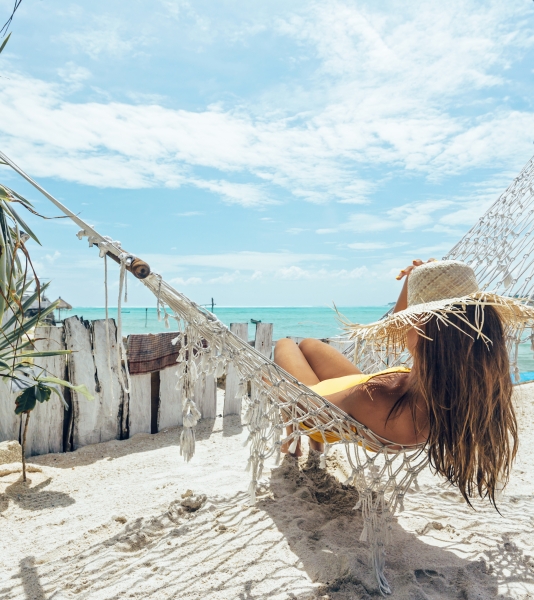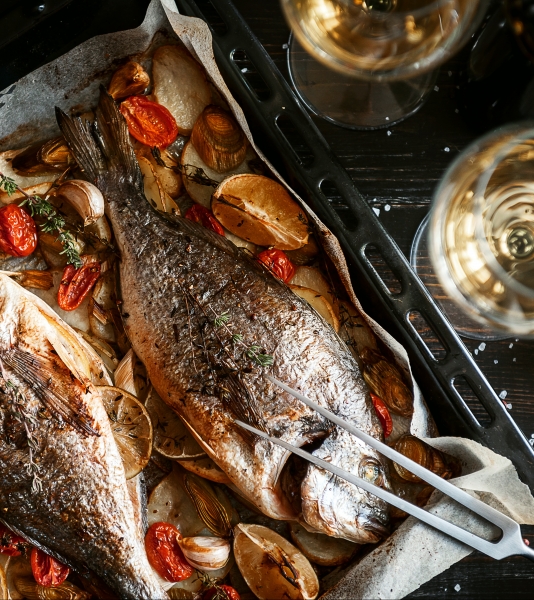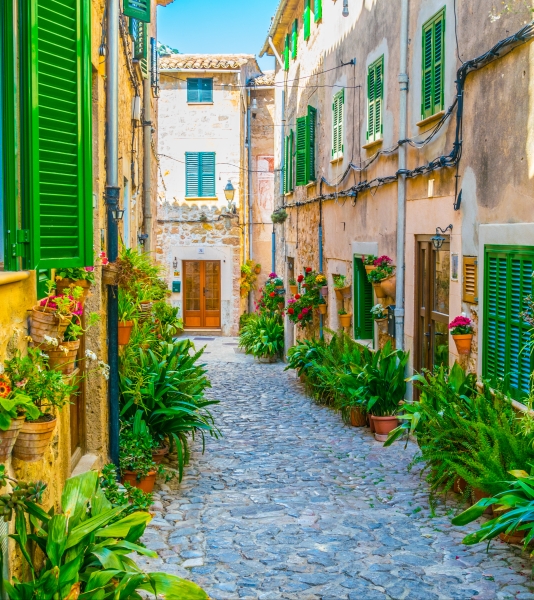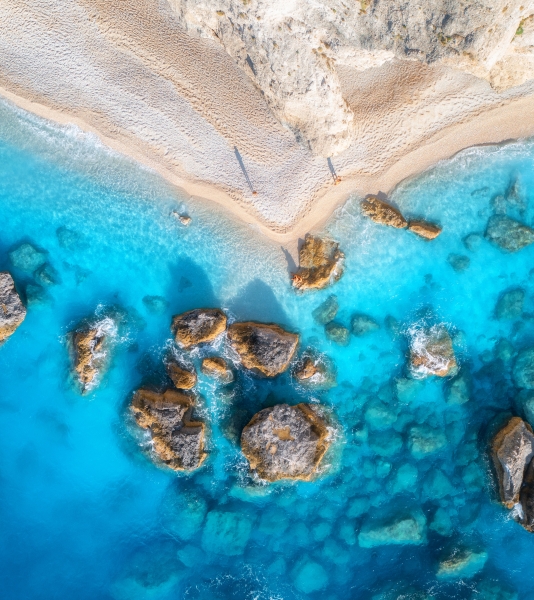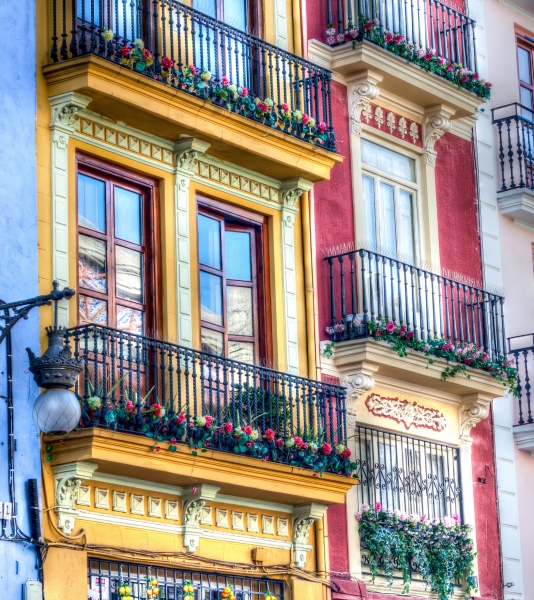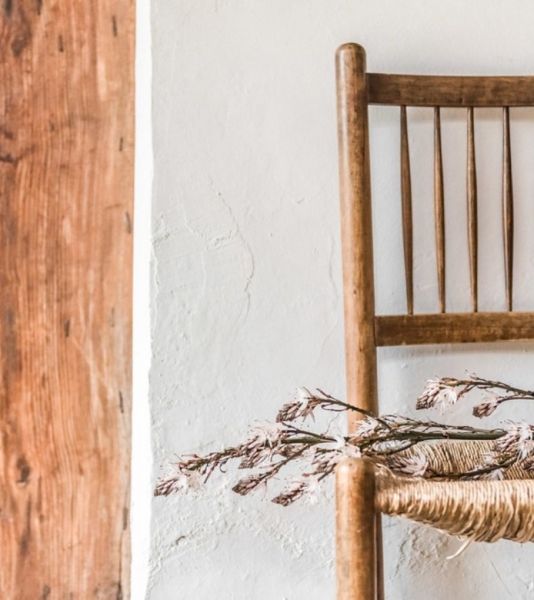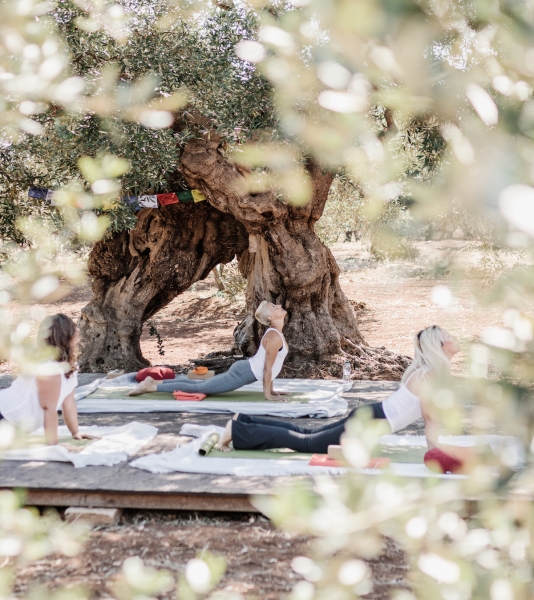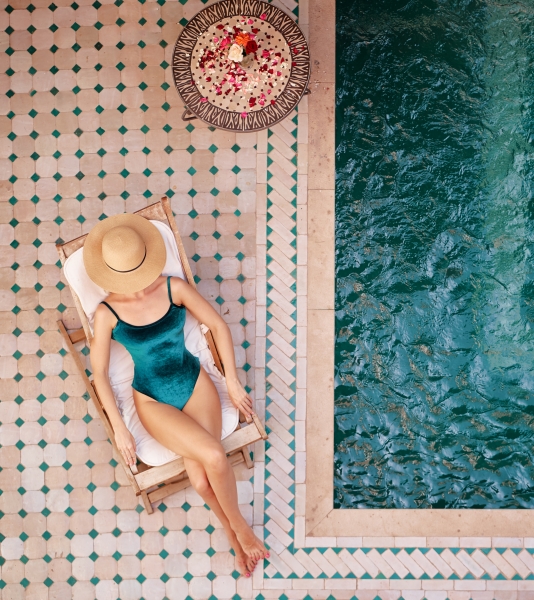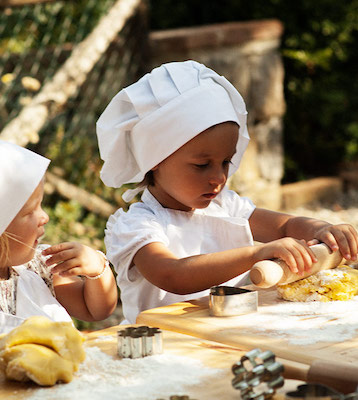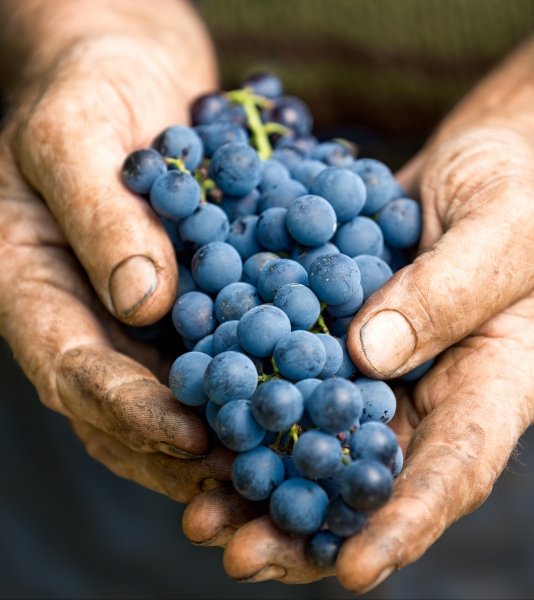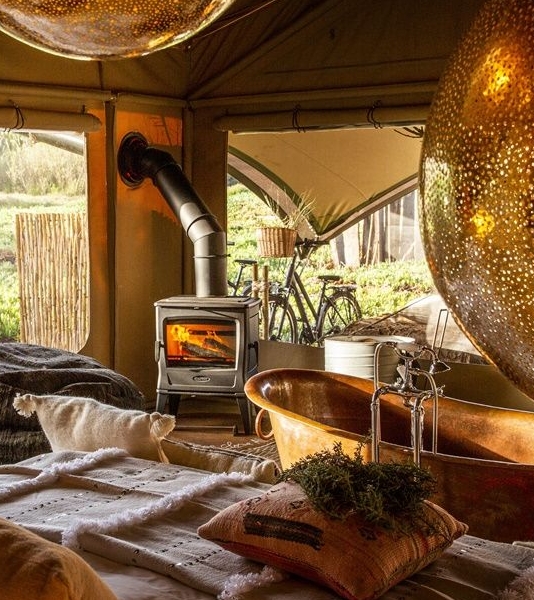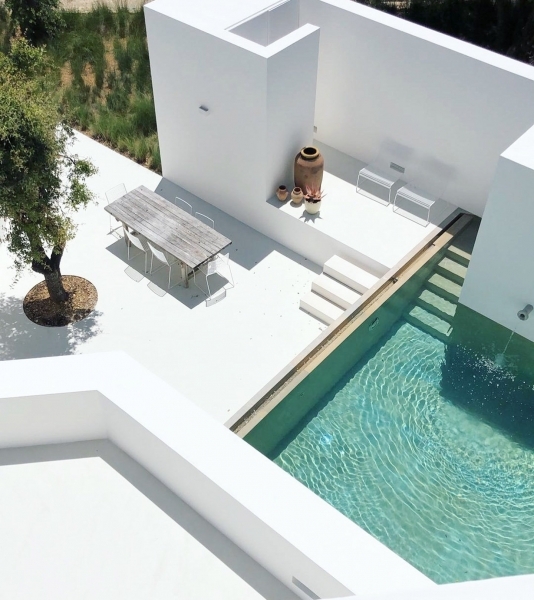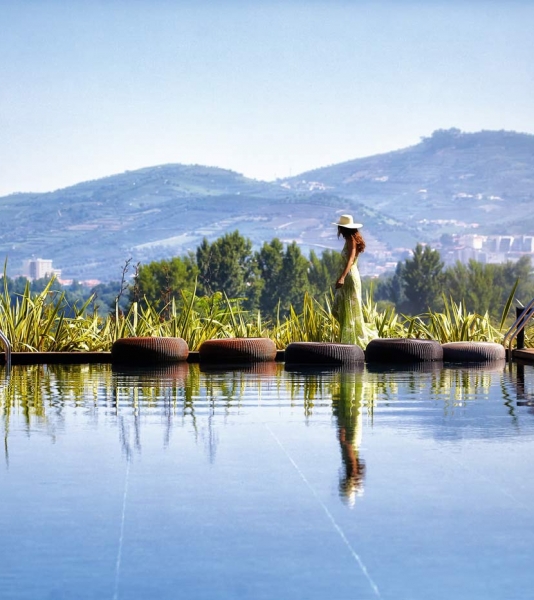Where to stay in Tuscany
Tuscans value simple moments and appreciate the small joys of everyday life. Their artistic and cultural heritage, as well as their creativity and art, exert a tremendous influence on various aspects of our daily lives to this day.
We invite you to read our short guide to Tuscany, which includes the following chapters:
- Our favourite towns, villages and accommodations in Tuscany
- What to do in Tuscany
- Culture in Tuscany
- Gastronomy in Tuscany
Under the Tuscan sun, time stands still and the landscape is bucolic. Its sensual roads never cease to amaze at every turn. Our search for accommodation in these places brings us the best boutique hotel Tuscany, bed and breakfasts in stone villages, elegant holiday homes surrounded by medieval walls, luxury hotels in imposing castles, typically Tuscan agriturismi surrounded by rolling hills, and gourmet wine tourism immersed in a sea of vineyards.
To better assist you and in case you already have a sense of your preferences, you may find the following series of links useful:
- Charming villas and 5-star hotels with luxury at its finest
- Hotels with wine experiences, wineries or in wine-growing areas
- Hotels with a finger-licking good restaurant
- Accommodations that welcome my pet on a trip to Tuscany
- Romantic accommodations in Tuscany perfect for couples or your honeymoon
- Green agritourism and sustainable hotels
- Charming village stays in Tuscany
- Low budget accommodation in Tuscany
- Quiet and seclude hotels and farmhouses in the countryside
Our favourite towns, villages and places to stay in Tuscany
Choose from our boutique hotels in Tuscany and romantic Tuscany hotels and accommodation by clicking on the map or list on the right. These will highlight a wide selection of Tuscany hotels, including romantic Siena hotels, agriturismos in Chianti, villas, bed & breakfasts, fattorias, Lucca hotels amongst others. Whatever your taste, we’ll help you find that perfect getaway.
What to do in Tuscany
Picturesque postcard motifs await around every corner in the Tuscan provinces. Those who explore Tuscany by train or car will get their money's worth in terms of scenery. In addition to the best-known cities, there are a number of small towns and villages that are less frequented by mass tourism but are in no way inferior to them. In the Orchia Valley, for example, lies the historic town of Pienza. Built as the so-called "ideal city of the Renaissance", today it is one of the most important sights of Tuscany and is on the list of UNESCO World Heritage Sites. Surrounded by the charming, hilly landscape of the Orcia Valley, the Renaissance city invites you to stroll through its historic centre and discover its countless beautiful buildings, romantic squares and interesting museums. Less tourism means you can relax and enjoy Pienza's many excellent restaurants and cosy cafés and, because of its perfect location in the centre of the Val d'Orcia, use it as a starting point for many other activities.
The city of Arezzo, which forms a golden triangle with Florence and Siena, is also a very interesting city but not yet as touristy as other places in Tuscany. The city is known for its handicrafts and especially jewellery making. It also has probably the best antique market in Italy. On the first Sunday of every month, there are stalls with all kinds of exciting antiques scattered around the streets of the town.
Historically, Tuscany also has a lot to offer off the beaten tourist track. For example, the medieval town of Pitigliano, which was built on a rock and is worth a visit for the magnificent view alone. The town is famous for the Etruscan Caves, ancient hollow ways called Vie Cave, which connect an Etruscan necropolis with several settlements in the area. As with the town of Sovana, which in addition to the picturesque old town also has impressive sites from the Etruscan period and an archaeological park.
Those who prefer to relax will be pleased to know that there are several natural hot springs in Tuscany. The thermal town of Saturnia, where there is the turquoise waterfall Cascate del Mulino, probably has the most famous hot spring. Those who like it quieter should go to Petriolo. The spring there is beautifully located in the forest, directly on the small river Farma. After bathing in the warm sulphur water (maximum 20 minutes), you can cool off directly in the river. And if you like it even quieter, you might be lucky in the picturesque village of Bagno Vignoni. There, too, there is a natural hot spring that was already used by the Romans.
Tuscany offers a paradise for hikers with its hilly landscape of avenues, fields and lush forests. The Diaccia Botrona nature reserve, a vast wetland on Tuscany's west coast, has some wonderful walking trails. The flamingo colony that can be seen there is particularly impressive. The entire Maremma Nature Park area offers spectacular scenery and several ways to explore it. Besides hiking, a bicycle tour through the wild forests is highly recommended. Canoeing and fishing are also offered.
Of course, Tuscany is also ideal for relaxing on the beach. The 400 km long coastline in the west offers some fantastic beaches, such as in the holiday resort of Viareggio. The island of Elba has some of the most beautiful beaches in Italy and, with its breathtaking mountains and forests, forms a natural paradise that would be worth another holiday.
Culture in Tuscany
Tuscany: the land of medieval castles, sweet rolling hills, villas and vineyards, not to mention the epicentre of the Renaissance. It is the region that gave birth to the renaissance of the arts in a way never seen before. The Tuscan cities, in particular Florence, Siena and Pisa, were the force of this creative revolution, which can still be perceived today. Here the Italian language originated, it was here that poets and writers of the calibre of Dante Alighieri were born, who continues to influence the vision that in the western world we have of hell and paradise. A visit to Tuscany is a great way to experience and discover this unique culture of Italy. Because as Goethe once wrote: "Tuscany is not in Italy, but Italy in Tuscany".
Tuscany is unrivalled as the cradle of art of all time, with more World Heritage Sites than anywhere else in the world. Truly an extraordinary feat for such a small region.
You can find examples of every era and style: from the Etruscan civilization (Fiesole, Chiusi, Volterra, Populonia) to Roman monuments and ruins; from Romanesque architecture to impressive Gothic cathedrals and, of course, the exceptional artistic explosion of the Renaissance. Without forgetting to mention the food and wine culture of this region, among the best in the world. Centuries-old traditions, rituals and sagas are attractions that make it even more famous.
Tuscany is famous for its art collections and architecture, especially from the Renaissance period. The city of Florence is the birthplace of the Renaissance and is home to some of the world's most famous works of art, such as the statues of Michelangelo and the paintings of Leonardo da Vinci.
Music is also a far-reaching tradition in Tuscany, dating back to the Middle Ages and still bearing fruit today in the form of established music schools.
Florence Cathedral, the Basilica of San Miniato al Monte and the Leaning Tower of Pisa bear witness to Tuscany's long religious tradition. The building of magnificent churches and cathedrals was once a sign of faith and is still something that fills Italians with pride.
Festivals and celebrations are as much a part of Tuscan culture as pasta is of Italy. There are many celebrations throughout the year, often involving food, music and traditions. Popular events include the Palio di Siena (a horse race in Siena), the Calcio Storico (a historic football match in Florence) and the Festa della Rificolona (a lantern festival in Florence).
The only drawback to all of this is the mass tourism it brings with it and the commercialism that accompanies it.
We are however proud to be able to still offer you some hidden gems in the authentic Tuscany countryside where you can enjoy sophisticated food and delicious wine: hidden throughout Tuscany are a few beautiful small towns where the character still remains true to itself, notably Volterra and Massa Marittima and a lot of charming places in the Chianti.
Our selection of boutique hotels in Tuscany and agritourism’s and country inns in Tuscany, romantic hotels in Chianti and beautiful villas with stunning views highlights this beauty and helps make any stay here even more special.
Gastronomy in Tuscany
Tuscan cuisine is characterised not only by its tastiness but also by its healthy balance. Olive oil, pasta, first-class fish and meat give it its typical Mediterranean flavour. Gently prepared, the simple ingredients retain their freshness and vitamins. It is rich in flavours and traditional dishes. Popular specialities are ribollita (a soup made of vegetables and bread), bistecca alla Fiorentina (a T-bone steak) and schiacciata (a flat bread with olive oil and salt).
Tuscany as a wine region is of course a big part of its culture. The most famous are Chianti and Brunello di Montalcino, plus the supertuscan from the small coastal town of Bolgheri.
As nossas coleções
Não sabe para onde ir? Deixe nossas coleções te inspirarem.
Hotéis by Província em Toscana
Hotéis by Cidade em Toscana
- Bibbona hotéis
- Borgo San Lorenzo hotéis
- Camaiore hotéis
- Candeli hotéis
- Castellina in Chianti hotéis
- Castiglion Fiorentino hotéis
- Castiglione della Pescaia hotéis
- Cortona hotéis
- Crespina hotéis
- Cutigliano hotéis
- Florença hotéis
- Foiano della Chiana hotéis
- Gaiole in Chianti hotéis
- Greve in Chianti hotéis
- Isola del Giglio hotéis
- Lucca hotéis
- Moncioni hotéis
- Montaione hotéis
- Montalcino hotéis
- Montepulciano hotéis
- Monteriggioni hotéis
- Montespertoli hotéis
- Panzano in Chianti hotéis
- Pescia hotéis
- Pienza hotéis
- Pietrasanta hotéis
- Piombino hotéis
- Pisa hotéis
- Poggi del Sasso - Cinigliano hotéis
- Polcanto hotéis
- Porto Ercole hotéis
- Pozzo della Chiana hotéis
- Ribolla hotéis
- Rignano sull'Arno hotéis
- Roccatederighi hotéis
- San Casciano dei Bagni hotéis
- San Casciano Val di Pesa hotéis
- San Gimignano hotéis
- San Giovanni D'Asso hotéis
- San Lorenzo a Vaccoli hotéis
- San Miniato hotéis
- San Quirico d'Orcia hotéis
- San Quirico in Collina hotéis
- Scarlino hotéis
- Siena hotéis
- Torrita di Siena hotéis
- Uzzano hotéis
- Vagliagli hotéis
- Vicchio di Mugello hotéis


